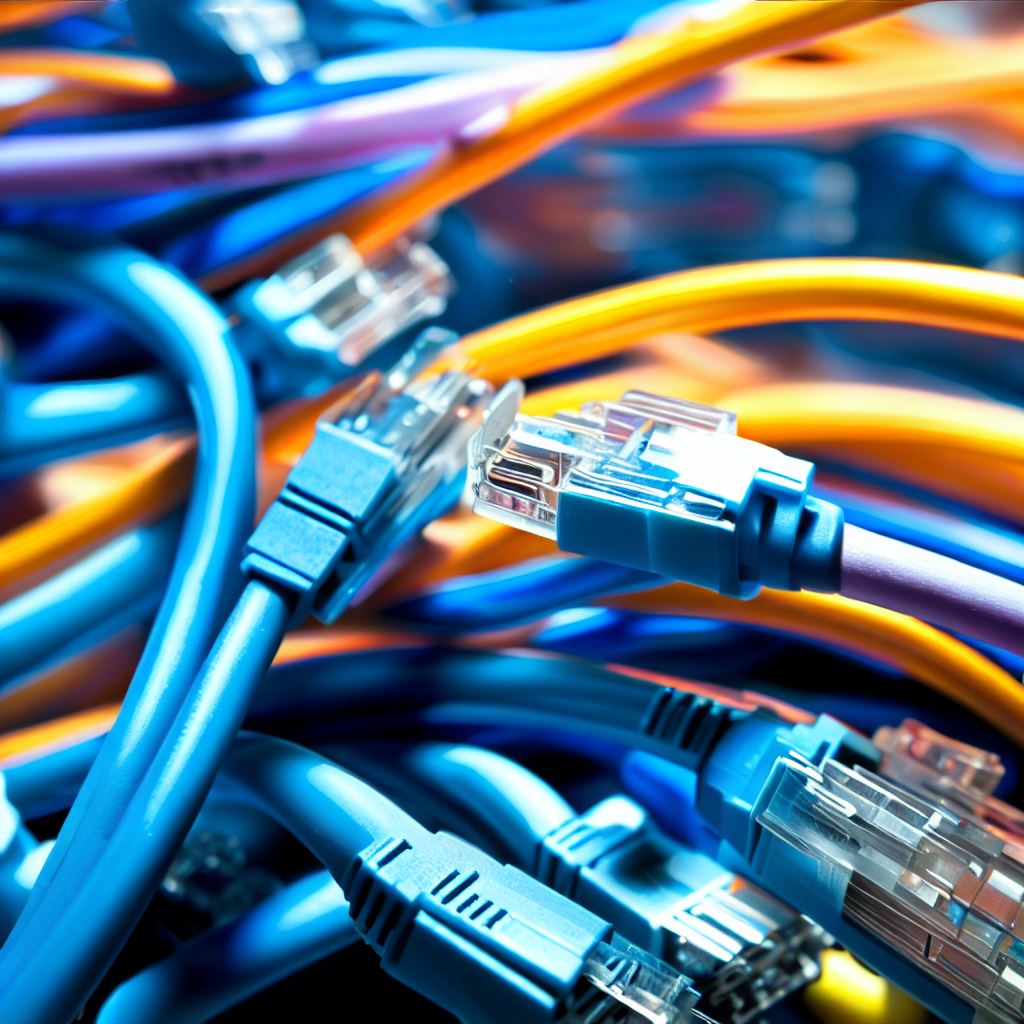Making Your Networks More Resilient
Introduction
As our dependency on networks continues to grow in our personal and professional lives, the importance of a reliable, uninterrupted network connection has become paramount. One way to ensure a network’s reliability is through strategies such as network redundancy and failover. But what are they, and why are they essential? Let’s dive in.
What is Network Redundancy?
Network redundancy refers to the installation of additional or alternate instances of network devices and connections. These could be routers, switches, lines, or any other network components. The primary purpose of this strategy is to ensure network availability even if one or more network components fail.
Key Points of Network Redundancy:
- Backup Systems: By having backup or duplicate components, there’s always a ‘Plan B’ when the primary component fails.
- Load Balancing: Beyond failover, redundancy can distribute traffic across several connections, improving performance.
- Minimized Downtime: Redundancy reduces the chances of unexpected network disruptions.
What is Failover?
Failover is a process where, in the event of a failure of a network component, the traffic automatically reroutes through a redundant component. It’s like having a detour in place for traffic when the main road is closed.
Key Aspects of Failover:
- Automatic Switchover: Failover systems usually detect failures and switch to backup components without human intervention.
- Seamless Operation: To the end user, the failover process should ideally be imperceptible. They might never even know a primary component failed.
- Failback: Once the primary component is functional again, some systems can revert traffic back, while others may require manual intervention.
The Importance of Network Redundancy and Failover
- Business Continuity: For businesses, network downtimes can mean loss of revenue, productivity, and reputation. Redundancy and failover ensure operations continue smoothly.
- Safety and Emergency Services: Critical services like 911 or emergency alerts rely heavily on networks. Ensuring they’re always up can be a matter of life and death.
- Customer Experience: For service providers, downtime can result in unsatisfied customers. Redundancy helps maintain the customer trust.
Implementing Redundancy and Failover
When planning to incorporate these strategies into a network, consider the following:
- Assess Your Needs: The extent of redundancy needed varies. A small business might need only a backup internet connection, while a data center might need redundant servers, switches, and more.
- Choose Suitable Hardware and Software: There are specialized routers, switches, and software solutions that cater to redundancy and failover needs. Research and invest in reliable ones.
- Regularly Test: Once set up, regularly simulate failures to ensure that your failover systems work as expected.
- Stay Updated: With the rapid evolution of technology, it’s essential to keep your systems updated to handle new challenges efficiently.
Finally…
Network redundancy and failover are like lifejackets for your network. Just as a lifejacket can save you in turbulent waters, redundancy and failover can keep your network afloat during unexpected failures. By understanding and implementing these strategies, you ensure a higher level of service, reliability, and peace of mind for yourself and your users.







